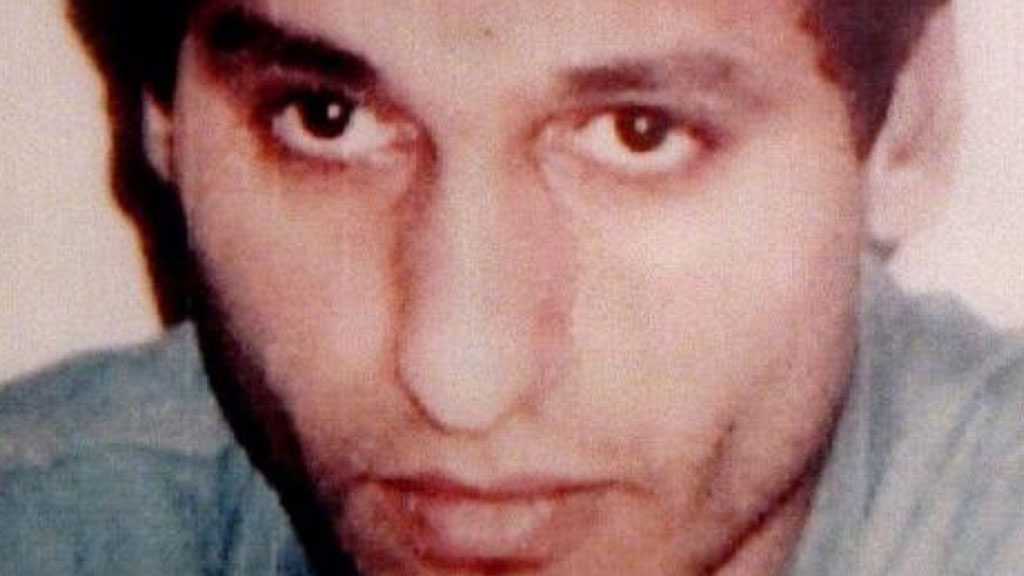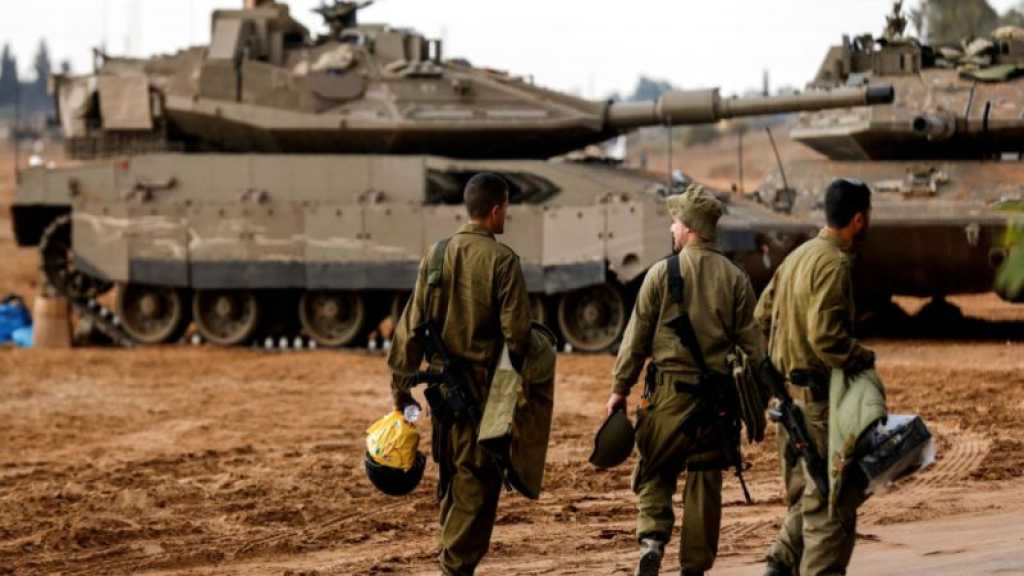
The ’Son of Death’ Leads the Battle: Mohammed Al-Deif an Alive Imad Mughniyeh in Gaza

By Abd Al-Rahman Nassar, Rajab Al-Madhoun - Al-Akhbar News
Translated by Staff
Until yesterday night, “Israeli” reports claimed that its military conducted two failed assassination attempts on the life of the supreme military commander and the chief of staff of Hamas military arm, the Al-Qassam Brigades, Mohammed Al-Deif.
Later, the New York Times quoted an “Israeli” intelligence source, which revealed that Tel Aviv "made eight unsuccessful attempts to kill Al-Deif."
So, who is this ghost whose desired demise is being equated to the assassination of Imad Mughniyeh – this one being in Gaza, and still achieving the image of victory that the “Israeli” wants?
His real name is Mohammed Diab Ibrahim Al-Masri, aka Abu Khaled. His nickname in the movement is Al-Deif [the Guest] because he frequently moved from one house to another while he was being pursued in the 1990s.
He is considered the most prominent contemporary Palestinian military leader after the first engineer, Yahya Ayyash. He is currently heading Hamas’s military wing and is its chief of staff – a post created after the development of the movement’s structure, which began with small groups before evolving into specialized military staff.
He is also the most wanted person by the “Israelis”, after he survived numerous assassination attempts before the current confrontation.
Al-Deif was born in Khan Yunis, south of the Gaza Strip, in 1965, as a refugee from the village of Al-Qubeiba, in the occupied Ashkelon district. He belongs to an extended conservative family. From a young age, he was known for his religious commitment. He took part in activities in mosques before the announcement of the formation of Hamas, which was founded by Sheikh Ahmed Yassin.
During his studies at the Islamic University, he began his jihadi work after he joined the student wing, the “Islamic Bloc.” From there, he moved to work within the first military groups formed by Hamas. He moved between Gaza and the occupied West Bank during the first intifada, forming military groups by order of the first commander of Al-Qassam, Salah Shehadeh, who was assassinated by the “Israelis” in 2003.
In 1989, he was arrested by the occupation forces that were in control of Gaza. He spent 16 months in prison without trial after he refused to confess to accusations of taking part in military action. During his time in detention, he agreed with the two martyrs Shehadeh and Zakaria Al-Shorbaji to organize a group to capture “Israeli” soldiers. However, the group would be a closed circle not linked to the movement or to a central command structure. The purpose was to prevent access to it by “Israeli” security services or in the event of a military or security strike.
After his release from prison, his journey of staying under the radar and taking extreme precautions began. He formed secret military groups in the Gaza Strip, then moved to the West Bank to establish Hamas’s military wing there. He was the one who carried the operation to capture “Israeli” soldier Nahshon Waxman.
After the assassination of Ayyash, he led the 1996 “Holy Revenge Operations” to avenge the killing of his companion. The operations resulted in dozens of “Israeli” deaths. In May 2000, months before the second intifada, the “Israeli” authorities arrested him in Gaza, but he managed to escape from prison at the beginning of the uprising. He, then, started a major development process for the military wing. He did so secretly by concealing his identity and features. Thus, the pursuit by the “Israelis” and attempts to reach him intensified and he was dubbed "the head of the snake" and "the son of death."
Assassination Attempts
For thirty years, Al-Deif [56 years] was a hard target for the occupation forces that pursued him and accused him of being responsible for planning and the implementation of dozens of operations that led to hundreds of deaths.
There were five well-planned and confirmed assassination attempts against him, in 2001, 2002, 2003, 2006 and 2014. The “Israeli” security apparatus described him as "a cat with seven lives." The most famous assassination attempt was in late September 2002, when “Israel” admitted that he had miraculously escaped when its helicopters bombed cars in the Sheikh Radwan neighborhood in Gaza, reversing previous assurances that Al-Deif was killed in the attack.
In 2006, the enemy reported another assassination attempt after F-16s bombed a house belonging to a leader in the movement called Nabil Abu Sulaima in the Sheikh Radwan neighborhood with three missiles. The enemy claimed that Al-Deif was holding a meeting with the Al-Qassam leaders, including Ahmed Al-Jaabari, known to be his deputy, Ahmed Al-Ghandour [the commander of the North Gaza Brigade], and Raed Saad [the commander of the Gaza City Brigade] and that they were all wounded. However, the Brigades denied the claim.
In the last assassination attempt in the summer of 2014, his wife, Widad [27], and his seven-month-old child Ali, in addition to his daughter Sarah, were killed in an air strike that targeted a house in the Sheikh Radwan neighborhood.
According to current and former “Israeli” intelligence officials quoted by The New York Times, Al-Deif lost an eye and a hand, suffered nerve damage from shrapnel as well as hearing damage during those assassination attempts. He also has a limp. A senior “Israeli” intelligence official also claimed that since the last incursion into Gaza in 2014, “‘Israel’ had opportunities to kill him, but refrained from doing so for fear of a war.” An “Israeli” report reveals that the man had previously escaped a tight ambush during his exit to Egypt once.
Al-Deif leads the battle
Al-Deif’s name appeared before the last confrontation when the Maqdisiyeen chanted his name in their demonstrations inside Al-Aqsa Mosque and in other areas of the Old City of occupied Al-Quds.
“We are the men of Mohammed Al-Deif” became the most frequently chanted slogan in demonstrations. Even residents of the West Bank and Fatah fighters chanted the slogan.
In this war, the man appeared as the de facto chief of staff of the resistance. While the resistance committed to avoid bombing Tel Aviv, he gave a deadline for such an action. This highlights the prestigious position he enjoys among all factions.
The man known as the “Ghost” did not appear in public, and even the “Israelis” who are chasing him do not have a recent photo of him. Today, the “Israelis” say, he possesses the keys to war and peace in Gaza more than any other official in the Palestinian Authority, Hamas, and even in “Israel” itself.
“Israeli” journalists even wondered when Abu Khaled would decide to end the battle he had planned and announced before it started. In this context, the “Israeli” website Walla! reported that Al-Deif succeeded in "imposing a new equation on ‘Israel’ after he decided to launch missiles at every area that could be reached in the ‘country.’” Meanwhile, Shimret Meir, a journalist and writer for the Yedioth Ahronoth newspaper, noted that "‘Israel’ paid a heavy price for the Al-Deif’s obstinacy."
Tel Aviv justifies its failure to assassinate Al-Deif by describing him as "a target with an extraordinary ability to survive, shrouded in mystery, and who is keen to stay out of sight. Every time he survives the assassination, his divinity grows."
Avi Dichter, the former Shin Bet [Shabak] chief in Gaza, says Al-Deif “is a real military man in all parts of his body, and a person they listen to very well."
"He was very humble and possessed high abilities as a result of his own understanding of himself, all of which pushed him into hiding, which made it difficult for the Shin Bet to reach him," the Shin Bet officer responsible for chasing him in Gaza explained.
Comments



